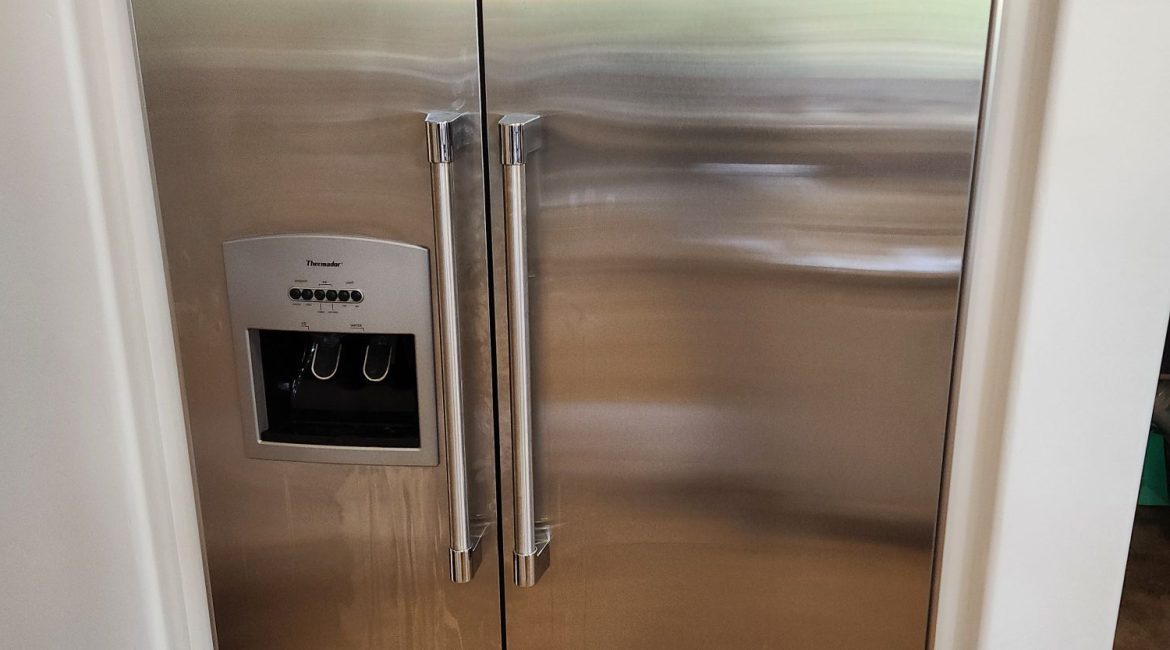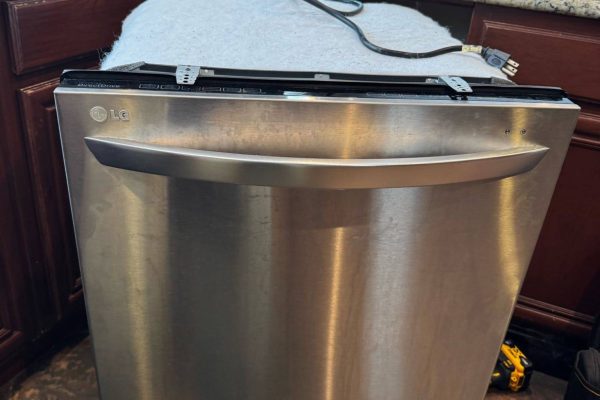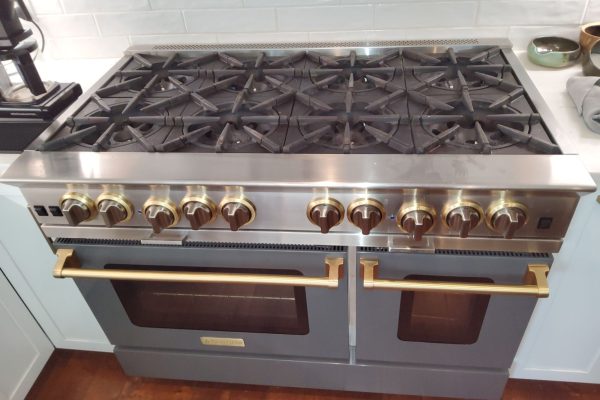Your refrigerator is one of the most essential appliances in your kitchen, working tirelessly to keep your food fresh and safe. But what happens when the door doesn’t close tightly? A refrigerator door that doesn’t seal properly can lead to cold loss, decreased energy efficiency, and spoiled food. Understanding the reasons behind this issue and how to prevent it will help you maintain your appliance’s performance and avoid costly repairs.
⠀
Common Reasons Why Your Refrigerator Door Doesn’t Close Tightly
⠀
- Worn-Out Door Seal (Gasket)
The door gasket, a flexible rubber strip that forms an airtight seal when the door is closed, is one of the most common culprits. Over time, gaskets can wear out, crack, or become dirty, which prevents them from sealing properly. This can allow cold air to escape, forcing the refrigerator to work harder to maintain temperature.
⠀
- Dirty or Sticky Door Seal
Even if the gasket isn’t worn out, it can accumulate dirt, grease, or food particles. These substances may prevent the door from sealing properly. A sticky or dirty seal creates small gaps that allow air to seep out and warm air to enter.
- Misaligned Door
Another possible issue is a misaligned door. Sometimes, the refrigerator door may become misaligned due to worn-out hinges, damage, or improper installation. This can result in an uneven seal, which affects the appliance’s ability to retain cold air.
⠀
- Overloaded Door Shelves
Overloading the shelves on the inside of the refrigerator door can also cause sealing issues. If the door is too heavy, it may not close properly, or it could slowly open on its own after you’ve closed it.
⠀
- Damaged Door Hinges
If the door’s hinges are damaged or loose, the door might not close tightly. Hinges naturally wear out over time, especially if the door is frequently opened or slammed. A loose hinge can cause the door to sag, leading to poor alignment and a weak seal.
⠀
- Obstructions
Items inside the refrigerator, such as bottles or food containers, might be obstructing the door from closing properly. Overstuffed shelves or improperly placed items could prevent the door from closing all the way, leading to cold air escaping.
⠀
How to Avoid Cold Loss and Keep Your Refrigerator Door Sealing Properly
⠀
- Inspect and Replace the Gasket
Regularly inspect the gasket for any signs of wear and tear. If you notice cracks, splits, or hard spots, it’s time to replace the gasket. A properly sealed refrigerator door helps maintain consistent temperatures inside, reducing energy consumption and preventing cold loss.
⠀
To test your gasket, close the refrigerator door on a dollar bill and try to pull it out. If it slides out easily, your gasket isn’t sealing properly and should be replaced.
⠀
- Clean the Gasket Regularly
Keep the door gasket clean by wiping it down with warm, soapy water. Avoid using harsh chemicals that can damage the rubber. A regular cleaning routine will help remove dirt and debris that might prevent the door from closing tightly.
After cleaning, inspect for any areas where the gasket is pulling away from the door. If it’s not sealing in certain spots, try using a hair dryer to soften and reshape the gasket.
- Check the Door Alignment
Ensure that the refrigerator door is properly aligned. If it’s sagging or uneven, check the hinges to see if they need tightening or replacement. Adjust the hinges to ensure the door is closing straight and the gasket is making full contact with the frame.
⠀
If you’re unsure about adjusting the door yourself, contacting a professional is a good idea to avoid further damage.
⠀
- Avoid Overloading the Door Shelves
Be mindful of the weight you place on the door shelves. Avoid placing too many heavy items like milk cartons or large bottles in the door compartments, as this can strain the door and affect its ability to close properly.
⠀
- Rearrange Items Inside the Refrigerator
Take a look at how the food is arranged inside the refrigerator. Ensure that nothing is obstructing the door from closing completely. Large containers or improperly placed items could block the door, preventing it from sealing.
⠀
- Fix or Replace Hinges
If the hinges are loose or damaged, it’s crucial to address the issue as soon as possible. Hinges are vital to ensuring that the door closes properly. You can tighten them if they’re loose, but if they’re damaged, you may need to replace them.
⠀
- Professional Inspection and Repair
If you’ve tried these troubleshooting steps and your refrigerator door still doesn’t close tightly, it’s time to call in a professional. A technician can diagnose and fix the issue, whether it’s a gasket replacement, hinge repair, or a more complex problem. Don’t wait too long to get it checked, as continuous cold loss can overwork your appliance, increasing the risk of more severe damage.
⠀
Why It’s Important to Address the Issue Promptly
⠀
Ignoring a refrigerator door that doesn’t close tightly can lead to a variety of problems. The most immediate issue is the loss of cold air, which makes your refrigerator work harder and consumes more energy. This not only increases your utility bills but also shortens the lifespan of the appliance. Additionally, improper cooling can lead to spoiled food, costing you money and potentially posing health risks.
⠀
If your refrigerator door isn’t closing tightly, don’t wait for the problem to get worse. Contact Oceanside Appliance Service Center today for professional repair and maintenance services. Our experienced technicians can quickly diagnose the issue and get your refrigerator back in top condition. Save energy, keep your food fresh, and avoid costly repairs by addressing the problem now.
Contact us


